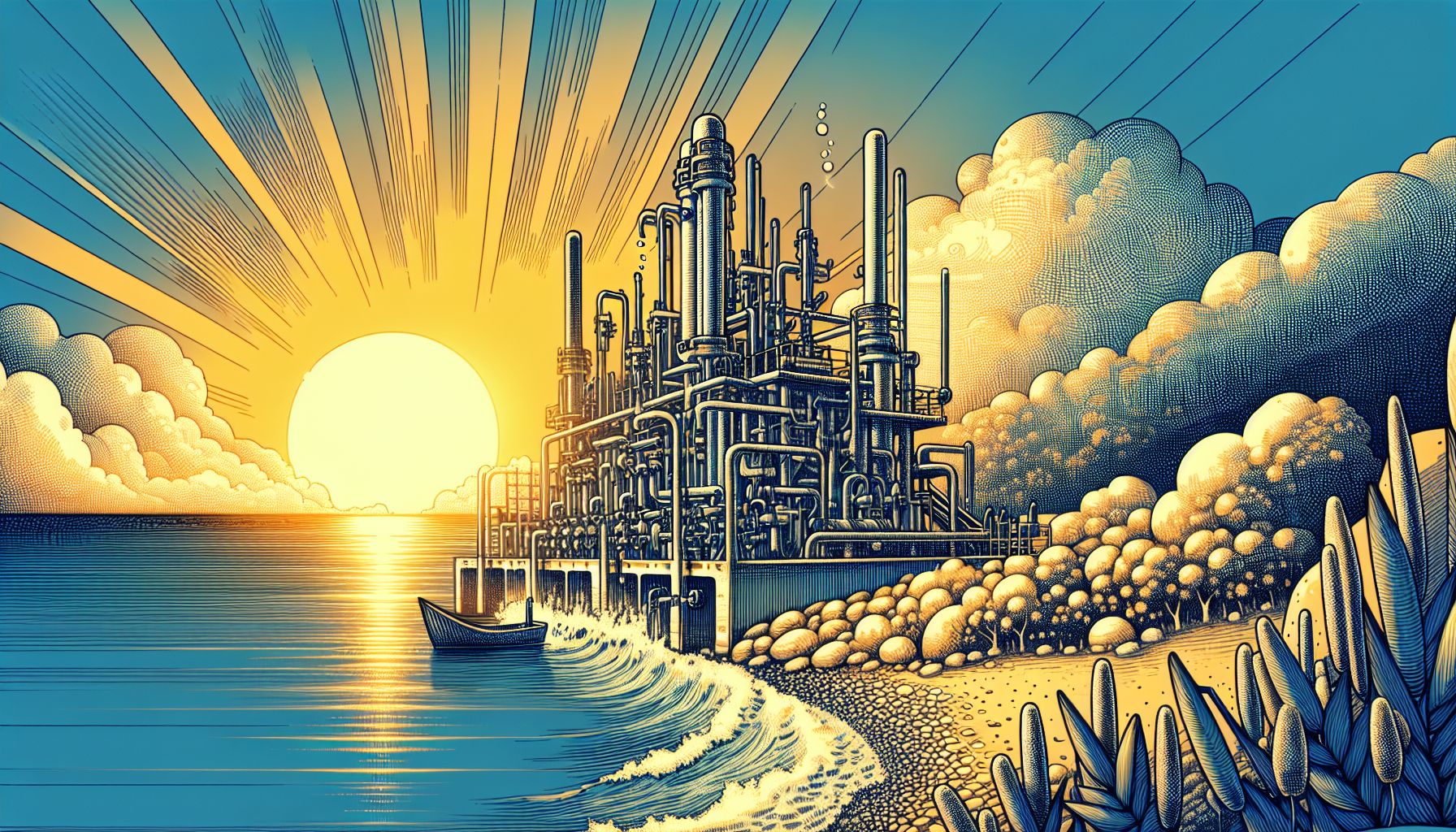Seawater Emerges as Prime Resource for Green Hydrogen Production

Amersfoort, Friday, 1 November 2024.
Royal HaskoningDHV’s study reveals seawater as the most viable source for sustainable hydrogen production through electrolysis. This finding could significantly advance renewable energy solutions, addressing the growing demand for green hydrogen in the transition to clean energy.
Royal HaskoningDHV’s Groundbreaking Report
In a groundbreaking report, Royal HaskoningDHV, a Netherlands-based consultancy firm with over 140 years of expertise, has identified seawater as the most promising resource for producing green hydrogen through electrolysis. This method holds the potential to revolutionize the renewable energy sector by providing a sustainable and abundant source of hydrogen, a crucial element in the global shift towards cleaner energy solutions[1].
Seawater: A Sustainable Solution
The study highlights that utilizing seawater for hydrogen production could alleviate the strain on freshwater resources, which are increasingly under pressure due to climate change and industrial demands. By 2030, the projected water requirement for hydrogen production is estimated to be a small fraction of the total Dutch drinking water consumption, demonstrating the efficiency of seawater as a resource[1].
Strategic Implementation and Benefits
Royal HaskoningDHV’s report suggests that the integration of seawater electrolysis into existing hydrogen production frameworks could significantly reduce environmental impact and enhance the sustainability of energy systems. This aligns with the European Union’s ambitious climate goals, as the North Seas Energy Cooperation aims to boost offshore renewable energy, with hydrogen playing a pivotal role[2][3].
Implications for the Energy Sector
The adoption of seawater-based hydrogen production can transform the energy landscape by providing a reliable and eco-friendly alternative to fossil fuels. It represents a strategic move towards fulfilling the EU’s 2030 and 2050 climate objectives, emphasizing the importance of innovative solutions in achieving a low-carbon future[3][4].
A Step Towards a Sustainable Future
As industries strive to meet the EU Green Deal’s targets, the findings of Royal HaskoningDHV offer a promising pathway. By leveraging seawater for hydrogen electrolysis, energy systems can become more resilient and sustainable, ensuring economic growth while minimizing environmental impact[4].

